When spacecraft phone home, engineers at the Canberra Deep Space Communication Complex listen.
In 1969, the whole world watched as Neil Armstrong made history with 11 words. Fast-forward to now, and the Cassini spacecraft has made its final laps around Saturn, while the Voyagers continue to probe further out into interstellar space.
We’ve come a long way in space exploration, and while the human and machine explorers get most of the fame, back here on Earth a small group of spacecraft whisperers is keeping their heads down and making it all happen.
Just a 45-minute drive southwest of Canberra, at Tidbinbilla, sits one of three tethers between spacecraft and Earth: the Canberra Deep Space Communication Complex (CDSCC). Most of the images you see of space – from high above or on the surface of Mars, to the beautiful images of Saturn and its moons beamed back from Cassini – have been (and will continue to be) received through this facility.
“Being here, you become blasé about these amazing things happening because you’re tracking it daily,” said Richard Stephenson, an operations supervisor at the CDSCC.
“If you ask most people, they’d be completely oblivious to the fact that one of three NASA Deep Space Network [DSN] sites is in Australia. They’ll see all these lovely pictures coming down, and they don’t realise those images are being received on Earth 30 km from where they live.”
The CDSCC is the only point of NASA’s DSN in the southern hemisphere (the other two are in Madrid, Spain, and Goldstone, California). This triangle of advanced spacecraft communications stations combine to provide a 24/7 point of contact for robotic spacecraft out in the ether.
Parts of a whole
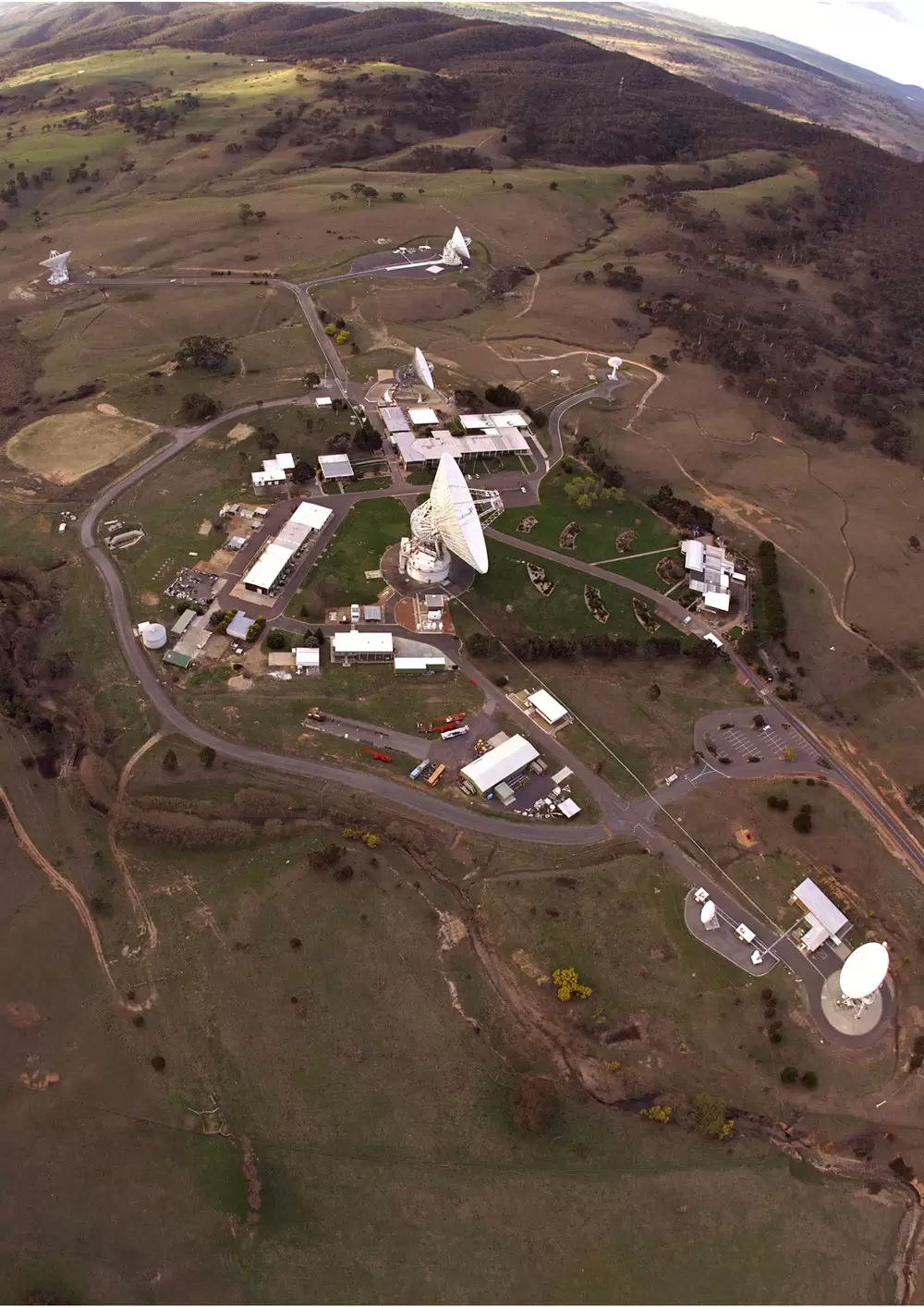 Stephenson has worked at the station since 1988, but his first foray into communications began as a marine radio and radar engineer in the UK. This work with radar and radio electronics translated perfectly to deep space communications.
Stephenson has worked at the station since 1988, but his first foray into communications began as a marine radio and radar engineer in the UK. This work with radar and radio electronics translated perfectly to deep space communications.
“All the frequencies are similar, as is the hardware,” Stephenson said.
He was offered the role at the CDSCC in his last year of university. His first big task was covering Voyager 2’s Neptune encounter in 1989. It was love at first byte.
“I was definitely bitten by the space bug. As far as jobs go, it’s continuous renewal – there’s always something new coming around and something new being launched,” he said.
Stephenson leads one of the four five-person operations teams at the CDSCC charged with keeping everything running to schedule and troubleshooting problems. Onsite, engineers fit into a few roles. Most department heads are from a heavy engineering background; the highest proportion of engineers at the CSDCC are systems engineers.
“We have little ecosystems: there’s mechanical; there’s facilities; we also have a power generation plant on site and a 3 MW uninterruptible power supply system; electricians; IT, which is separate to our flight systems people; everything from fitters and turners to antenna pointers as well … it’s hugely diverse,” he said.
The main course
The most striking features of the CDSCC are the four ‘big dish’ antennas: (Deep Space Stations) DSS-34, DSS-35 and DSS-36 are all 34 m, and DSS-43 measures in at 70 m in diameter.
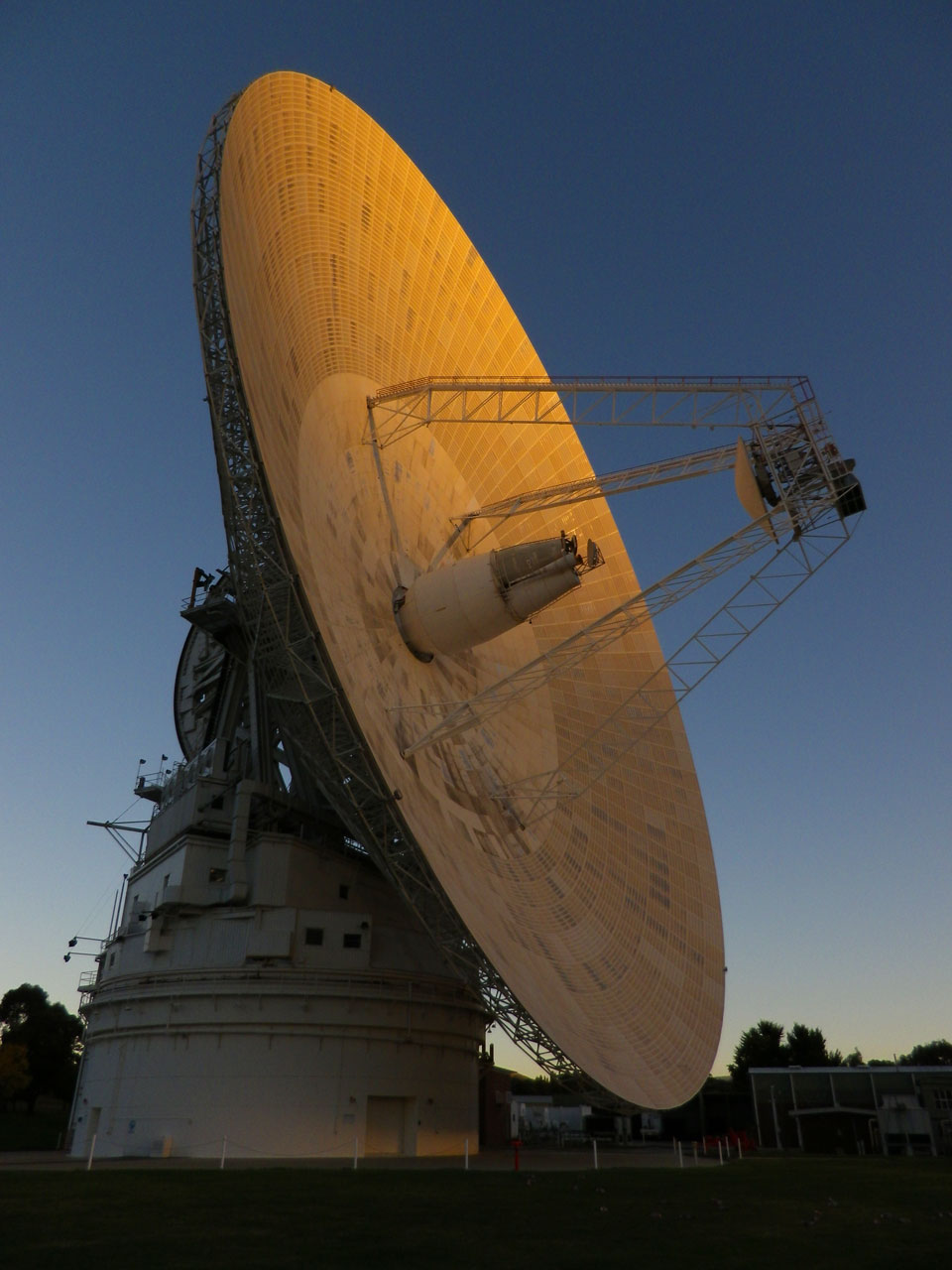
As big as they are, the dishes require precise calibration to pick up and track the messages beamed to and from spacecraft at all stages. The DSN tracks 30-plus spacecraft at a time, and it’s a constant struggle to keep the antennas pointing with the precision necessary to communicate over billions of kilometres of space.
When these giant dishes move, there are physical stresses that can cause the dishes’ surfaces to ‘flex’. These must be characterised and error tables calculated to compensate for the movement. With the antennas’ higher frequency beamwidths in millidegrees, there is very little margin for error.
Sometimes they’re just collecting a data-dump from a solar mission just a few million kilometres from Earth. Other times, they might be detecting the weak signal from the Voyager 2 spacecraft 18 billion kilometres away. The low noise amplifiers are cryogenically cooled to around 4 K to reduce noise and the receivers are hypersensitive to track this range of signals.
For example, some of the interplanetary explorer spacecraft like Voyager send down signal levels received at -160 decibels (dBm), or about 1 trillionth of a billionth of a watt, and at 160 bits per second. Closer spacecraft and rovers, like some of the Mars missions, are robust, built to last and have a lot more power in reserve, and they have a signal to match.
“We could be receiving 3 Mb from Mars, which is basically what I get from my ADSL connection,” Stephenson said.
When the spacecraft is still close to home, that spacecraft signal can be deafening for the downlink systems. Attenuators have to be added to the receiver systems to dampen the signal until the craft is far enough from Earth. Keeping them fine-tuned requires vigilance and a special touch.
“The most important part of the whole operation is the antennas. We have one engineer who is probably the best in the DSN, and he has obtained tolerances on the antennas that the other stations can just dream of,” Stephenson said.
“Everything has to be compensated for, especially when you’re looking for a pointing accuracy of 10 milli degrees. That’s where the engineers come in. They perform holography and photogrammetry surveys, use the radiating signals from distant quasars to map the surface of the dish and look for variances in the emissions received to correct for variations in the primary reflector surface.
“As far as Canberra is concerned, we have the best in the network.”
Through thick and thin
In Stephenson’s time at the CDSCC, technology has taken a giant leap. When he started an operations team consisted of 17 or so people; advances in ground systems and automation has pared that down to five.
An example of how automation helps is the dance of tracking spacecraft orbiting Mars. Depending on the time of year and orbit of the spacecraft, it can go into occultation (when it passes behind the planet) every hour, and the roundtrip lag time can stretch between 10 and 40 minutes.
Once the spacecraft re-emerges from occultation, it needs to be hit with an uplink so it can be commanded. This uplink has to have been initiated with the travel time of the signal taken into account. The downlink is then acquired and tracked until the spacecraft goes into occultation again, at which point the cycle starts all over again.
All of this needs to be anticipated and carefully managed – otherwise you risk losing a spacecraft.
“If you have three or four spacecraft going around Mars, that gets very busy. You used to have a controller for each spacecraft. Now with automation, you can have one controller for four” Stephenson said.
What hasn’t and can’t be fully automated is interventions during anomalies – you still need the human touch when things go pear-shaped.
“When something goes wrong, you always need someone there to take over. We haven’t hit that level of automation yet.”
This is where it gets into the nitty-gritty of spacecraft communications. Each spacecraft has an uplink going to it and a downlink coming from it. When something happens, the first step is figuring out if the problem is ground-based, or space-based.
It’s a long checklist of potential issues to work through –starting with the local weather, as atmospheric conditions do have an impact on some frequency bands. From there it’s on to the systems: cryogenics, receiver performance, doppler profiles, oscillator performance and any unexpected changes observed with spacecraft behaviour.
If all systems check out, it’s on to the uplink. Spacecraft transmit and receive at fixed ratios, which allows the CDSCC to get extremely accurate doppler readings, down to a fraction of a hertz. However, klystrons are finicky things and experience occasional issues despite the best maintenance schedules. Or it might be a command issue, so bit rates and subcarrier frequencies need to be checked as well.
The list goes on and on, but Stephenson said it’s all you can do when you’re Earth-bound to run through the process of elimination. If at the end “you can’t come up with a scenario that explains what you’re seeing, then chances are it’s the spacecraft,” he said.
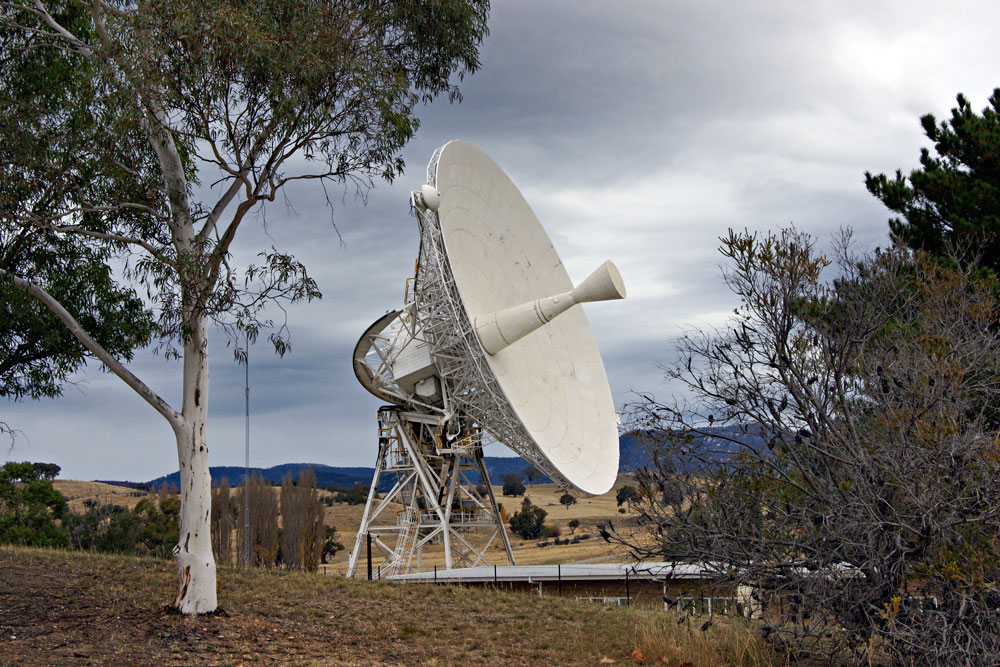
Running through this rigmarole and constantly checking uplinks and downlinks might sound tedious, but it’s when Stephenson is in his element. He loves ‘bonding’ with each satellite, getting to know all their quirks and idiosyncrasies.
“I’m happiest when I’m on a connection. When you’re tracking [a spacecraft ] you’re imagining what they are doing. You can almost see this little rover pointing its little antenna at Earth, ready to receive or transmit. Same with Cassini when it was doing its deep dives through Saturn’s rings. You can identify the fingerprints of each craft.”
Always moving forward
As spacecraft have diversified, Stephenson has had to evolve along with them.
“You might come in very operations-oriented, but through exposure you start getting to know the systems technically. Then suddenly you start understanding the dynamics between those systems and the spacecraft you’re tracking,” he said.
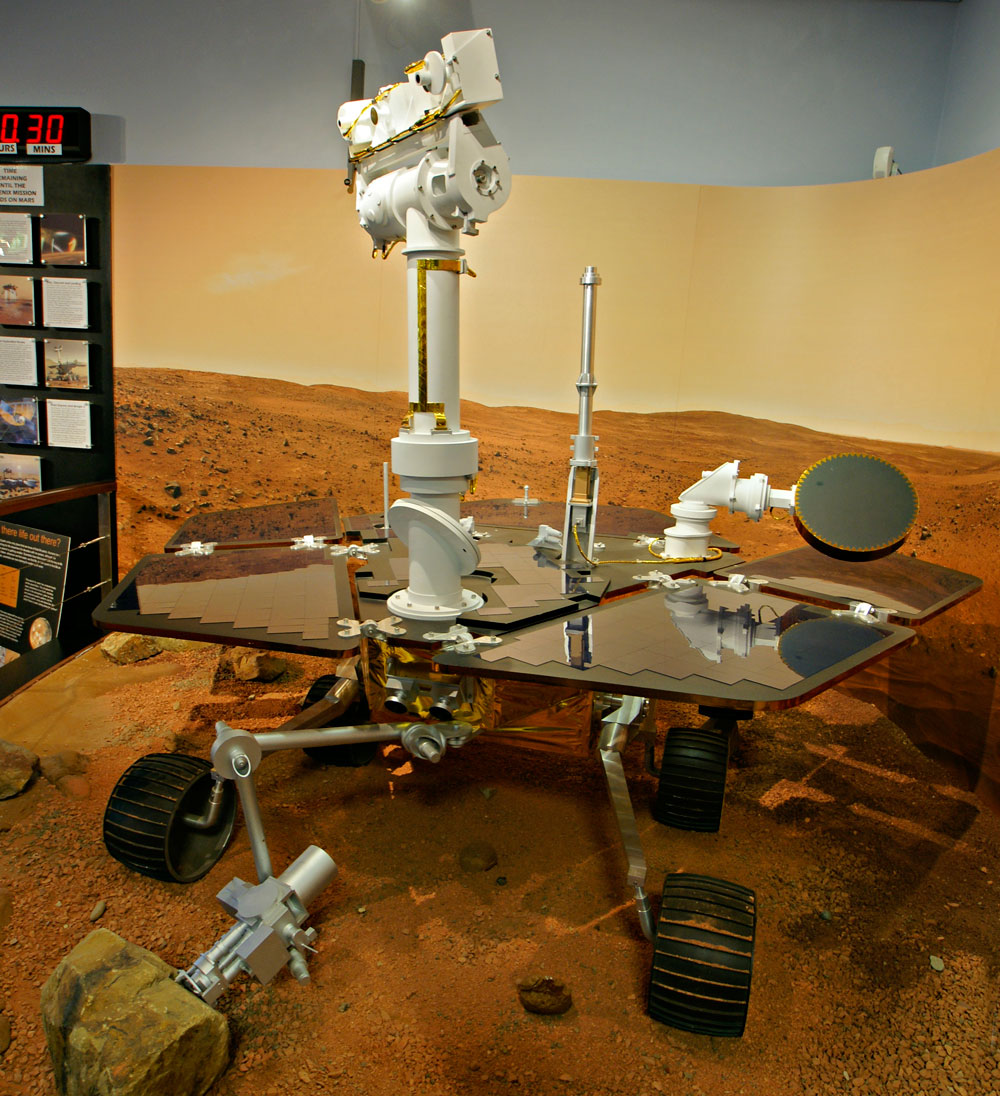
He lists some of the older projects like Cassini and the ongoing Voyager missions as his favourites, but he’s been involved with newer projects as well.
“When I first started here, generally the spacecraft were similar and mostly constructed by the [Jet Propulsion Lab in Pasadena]. Now, we’re tracking spacecraft not just from different countries but from different space agencies other than NASA, and each have different characteristics,” Stephenson said.
Once the massive James Webb telescope launches in 2018, it will be added to the CDSCC’s schedule. Stephenson said the DSN has recently been told it will support human space flights beyond Earth-orbit starting in the 2020s.
“We used to track shuttle missions in my early days. You’d talk to the shuttle crew as they came over the horizon, said a quick ‘G’day’. Hearing a human voice again will be nice – we sort of miss it.”
Until then, robotic spacecraft will have to do. The station tracks European Space Agency missions and a handful of others. It was involved in the Rosetta mission and tracked Philae all the way down to its landing on the Churyumov-Gerasimenko comet. Then there’s the JAXA’s (Japan) Hayabusas, and ISRO’s (India) Mangalyaan Mars mission and Chandrayaan Moon mission.
“It’s a stepping stone, each time advancing human exploration a bit further. If it wasn’t for Voyager, we wouldn’t know about all the moons around Saturn, which prompted Cassini mission. And with Jupiter you had Galileo and now the Juno spacecraft. It sometimes seems like we’re moving forward slowly, but we are still advancing,” he said.
“You feel as if you’re part of something very big, a global event. It’s kept me enthralled for 30 years.”

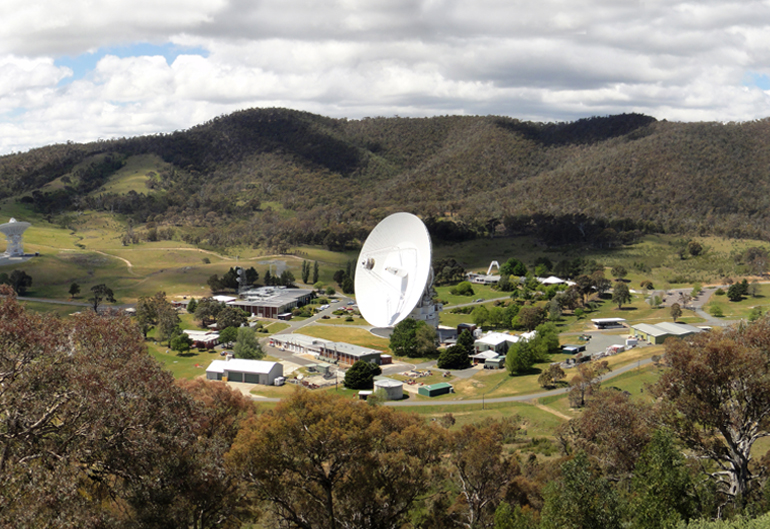


Comments 1